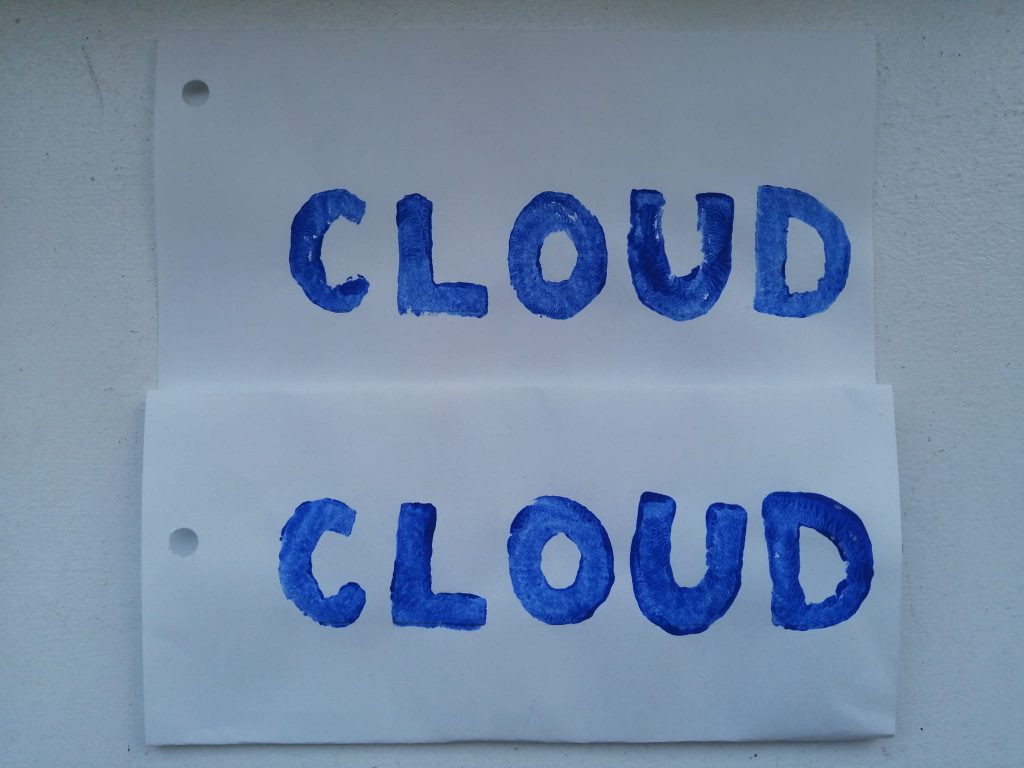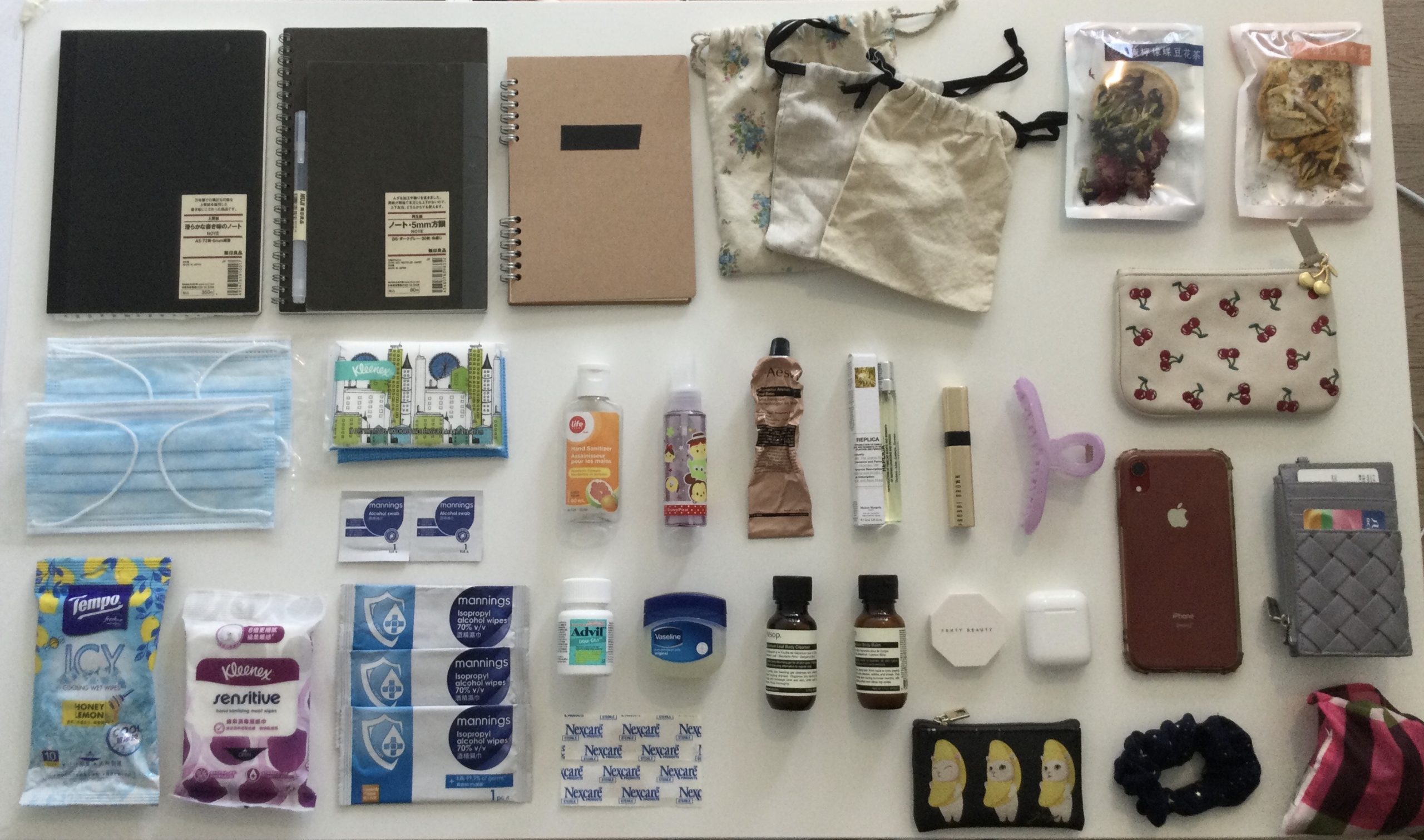Morning routine.
Monday. 7:44 a.m. Utopia.
The smell of coffee roasting (soy latte, half sweet, non-fat, caramel drizzle, with extra shot dark espresso, at 120 degrees) and eggs benedict (with just the right amount of runny yolk, cream, and a sprinkle of salt, pepper, and a dash of paprika) waft deliciously in the air. Slices of rosemary foccacia turn in the oven, toasting to just the right amount of crispiness, before being buttered with garlic. Decorating the table, a bowl of fresh fruit cut into perfect cubes, crystalized in freshness, and a glass vase of red and pink carnations. The flowers never wilted, not even a little, and a new arrangement appeared every three days. Tasteful.
Haven opens her eyes and gets out of bed at precisely 6:44 a.m. every day. The clock times it and knows her exact sleep cycle to help her wake up and wind down. It knows exactly how much sleep she needs. Exactly 45 seconds later, the blinds draw themselves open, revealing golden ribbons of sunlight streaming into her room. Birds tweeting on a branch, roofs glistening with morning dew. The speakers next to her begin to play morning classical. Exactly what she is in the mood for. The temperature is always just right. It’s always been sunny, for a long time now, every single day. She smiles as the top of her head is warmed by the rays of light. Just like how she likes her mornings.
A man’s soothing voice greets her good morning at her bedroom door. She gives him a big hug, snuggling in his softness, her heart thumping in her chest, slight butterflies fluttering. It was just like the day she first saw him, human i.432, standing outside her porch, in the storm, exactly 370 afternoons ago. As he walks her to the dining room table, he tells her of the weather and the morning news, but skips the ones on devastating accidents, animals getting hurt, natural disasters, and violent crimes – anything that would ruin Haven’s beautiful morning. He specifically highlights events that have happened in places she has been before, subjects that she once had interest in, and topics that she briefly mentioned in passing – everything that would keep her updated in this world of information overload. He adds some inspirational anecdotes, jokes, and motivational quotes into the mix, to keep Haven in a positive mindset and set her mood for the day.



